CNC Machining vs 3D Printing: Which One Should You Choose?
When it comes to making parts, two of the most popular options today are CNC machining and 3D printing. Both are amazing technologies that have changed how we create products, but they work very differently. If you’re not sure which one is right for your project, don’t worry. In this guide, we’ll explain everything in simple words so you can make the best choice.
What is CNC Machining?
CNC machining is a subtractive manufacturing process, which means it starts with a block of material and removes pieces from it using cutting tools. These machines are guided by computers, ensuring precision and consistency.
CNC (Computer Numerical Control) machines can cut, drill, shape, and finish parts made from a variety of materials such as aluminium, steel, brass, plastics, and sometimes even wood. It is commonly used to create parts that require tight tolerances and strong mechanical properties
Common CNC processes include:
- CNC milling
- CNC turning
- CNC drilling
Where CNC machining is used:
- Automotive parts
- Aerospace components
- Medical devices
- Industrial equipment
At Kirmell, CNC machining is a core part of our manufacturing services. We use advanced equipment to produce precise, high-strength metal and plastic components that meet industrial-grade standards. For more guidance about CNC machines, their working, and its types please refer to our separate blog on it.
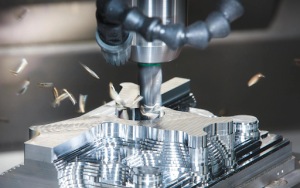
What is 3D Printing?
3D printing, or additive manufacturing, builds parts layer by layer from materials like plastic or metal powders. Unlike CNC, which cuts material away, 3D printing adds material only where needed, making it less wasteful.
This technology has grown rapidly, and it’s now used in industries like consumer electronics, healthcare, education, and design. It’s especially popular for creating prototypes, custom models, and low-volume production parts.
The most common 3D printing methods include:
- Fused Deposition Modelling (FDM)
- Stereolithography (SLA)
- Selective Laser Sintering (SLS)
Materials for 3D printing:
- Plastics like PLA, ABS, and Nylon
- Resins
- Some metals (for industrial 3D printers)
Where 3D printing is used:
- Prototypes
- Customised parts
- Medical models
- Consumer products like toys and tools
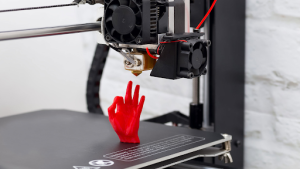
Key Differences Between CNC Machining and 3D Printing
Let’s look at the major differences in a very simple way:
| Feature | CNC Machining | 3D Printing |
| Process | Subtractive (removes material) | Additive (builds material layer by layer) |
| Materials | Wide range (metals, plastics, wood) | Mostly plastics, some metals |
| Precision | Extremely high | Good, but not as precise for some details |
| Cost | Higher for small quantities | Lower for prototypes or custom pieces |
| Speed | Faster for large batches | Faster for one-off prototypes |
| Surface Finish | Smooth, ready for use | May need sanding or post-processing |
| Strength | Stronger parts | May be weaker, depending on the material and method |
Why Should You Choose CNC Machining?
CNC machining is ideal when your project demands high strength, precision, and reliability. It’s especially useful for creating functional parts that must handle stress, heat, or pressure, like engine parts, machine components, or surgical tools.
You should choose CNC machining if your design requires:
- Tight tolerances and exact dimensions
- Metal or hard plastic materials
- Smooth finishes right off the machine
- Long-lasting durability under tough conditions
- Scalability for medium to high-volume production
CNC machining also offers excellent consistency. Once a program is set, the machine can produce hundreds or thousands of identical parts with minimal errors. This makes it a reliable method for industries that rely on consistent performance and exact specifications.
In addition, CNC machines can work much faster than 3D printers when it comes to bulk manufacturing. For example, producing 500 steel brackets with CNC might take a day, while printing them could take several days or even weeks.
At Kirmell, our CNC machining services are optimised for high-output, cost-effective results. Whether you need aluminium enclosures, stainless steel brackets, or custom-milled plastic parts, our team ensures a flawless finish and reliable performance. Contact us today to get a quote.
Why Should You Choose 3D Printing?
3D printing is the better choice when you’re in the early stages of product development or need a part quickly and affordably. It allows for rapid prototyping, meaning you can go from design to physical part in just a few hours without expensive tooling or setup.
Choose 3D printing if your project involves:
- One-off prototypes or concept models
- Complex or hollow geometries that are hard to machine
- Quick design changes or testing iterations
- Low-cost entry without setup expenses
- Customisation, like name tags, enclosures, or design elements
3D printing is also ideal when working with unique shapes or lightweight parts. You can design something that might be impossible to create with traditional tools. For designers, inventors, and startups, this printing method provides flexibility and freedom to experiment with ideas before committing to mass production.
While plastic is the most common material, advances in 3D printing now allow for limited use of metals and specialised resins. However, the strength of these materials usually does not match CNC-machined metal parts, so it’s more suited for light-duty applications or design-focused products.
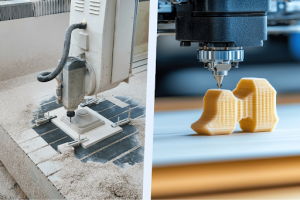
Which one is Cheaper, 3D printing or CNC Machining?
The cost difference between CNC machining and 3D printing depends on the type of part, material, quantity, and purpose of your project. Let’s break it down clearly:
3D Printing is Cheaper for:
- Low-volume parts (1–10 units)
- Early-stage prototypes
- Complex or artistic designs
- Plastic models or display items
- Quick iterations that need frequent changes
Because 3D printing does not need expensive tools or long setup times, it’s more cost-effective for small batches and testing. You simply upload your file and print. The cost per part is low, but the printing speed is slower for large-scale production.
CNC Machining is Cheaper for:
- Medium to high-volume parts (50+ units)
- Functional metal parts
- Long-term use where strength is key
- Precision tools and industrial-grade parts
While CNC machining may have a higher upfront cost due to setup and tooling, the cost per part drops significantly as the order size increases. For example, the first part may cost £100 due to setup time, but the 100th part may only cost £10. CNC machining also tends to be more economical for materials like aluminium, stainless steel, or brass.
Conclusion
Choosing between CNC machining and 3D printing depends on what you need the part for. If you’re designing a new product and need a quick prototype, 3D printing is your best friend. It’s fast, cheap, and flexible. But if your part needs to be tough, accurate, and long-lasting, like a motor bracket or a structural component, CNC machining is a better option.
If you’re still unsure, it’s always best to talk to an expert. At Kirmell, we offer both CNC machining services and manufacturing consultation to help clients make the right decision. Whether you’re building a prototype or starting large-scale production, we’re here to support your project with precision and quality.
Contact Kirmell for CNC Machining Services
If you’re looking for reliable and high-precision CNC machining in the UK, Kirmell is here to help. We offer full-service CNC solutions for industrial, commercial, and custom manufacturing needs. From rapid prototyping to large-scale production, our expert team ensures that your parts are made to the highest standards.
Contact us today to discuss your project and get a free quote.
FAQs
What is the main difference between CNC machining and 3D printing?
Which is better for metal parts CNC or 3D printing?
Is CNC machining more expensive than 3D printing?
Can Kirmell help with both CNC machining and product prototyping?
Which method should I use for rapid prototyping?

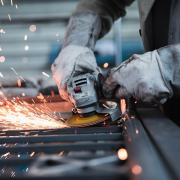
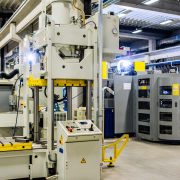
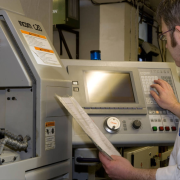
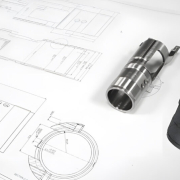
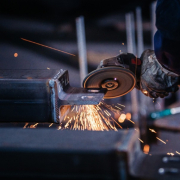
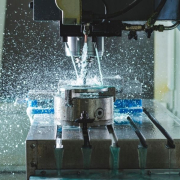
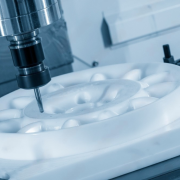
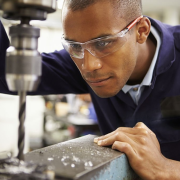



Leave a Reply
Want to join the discussion?Feel free to contribute!